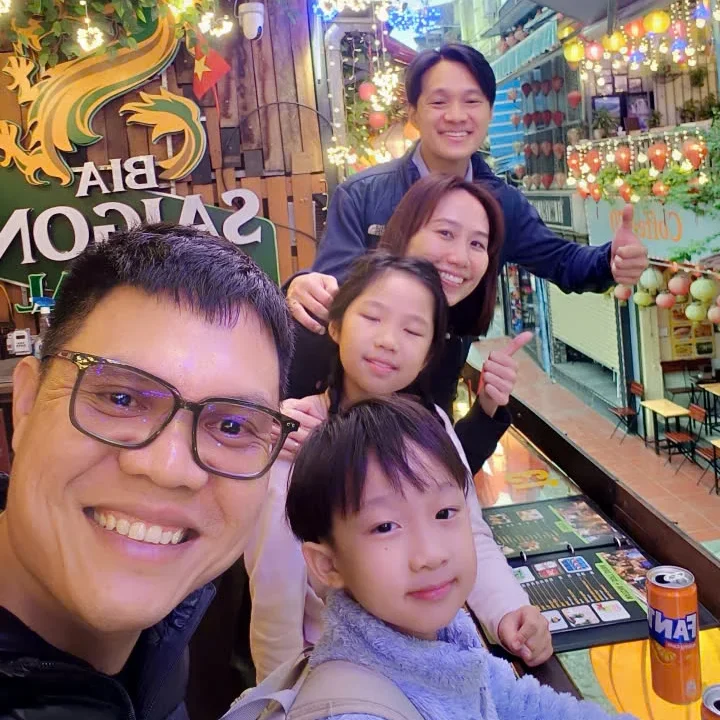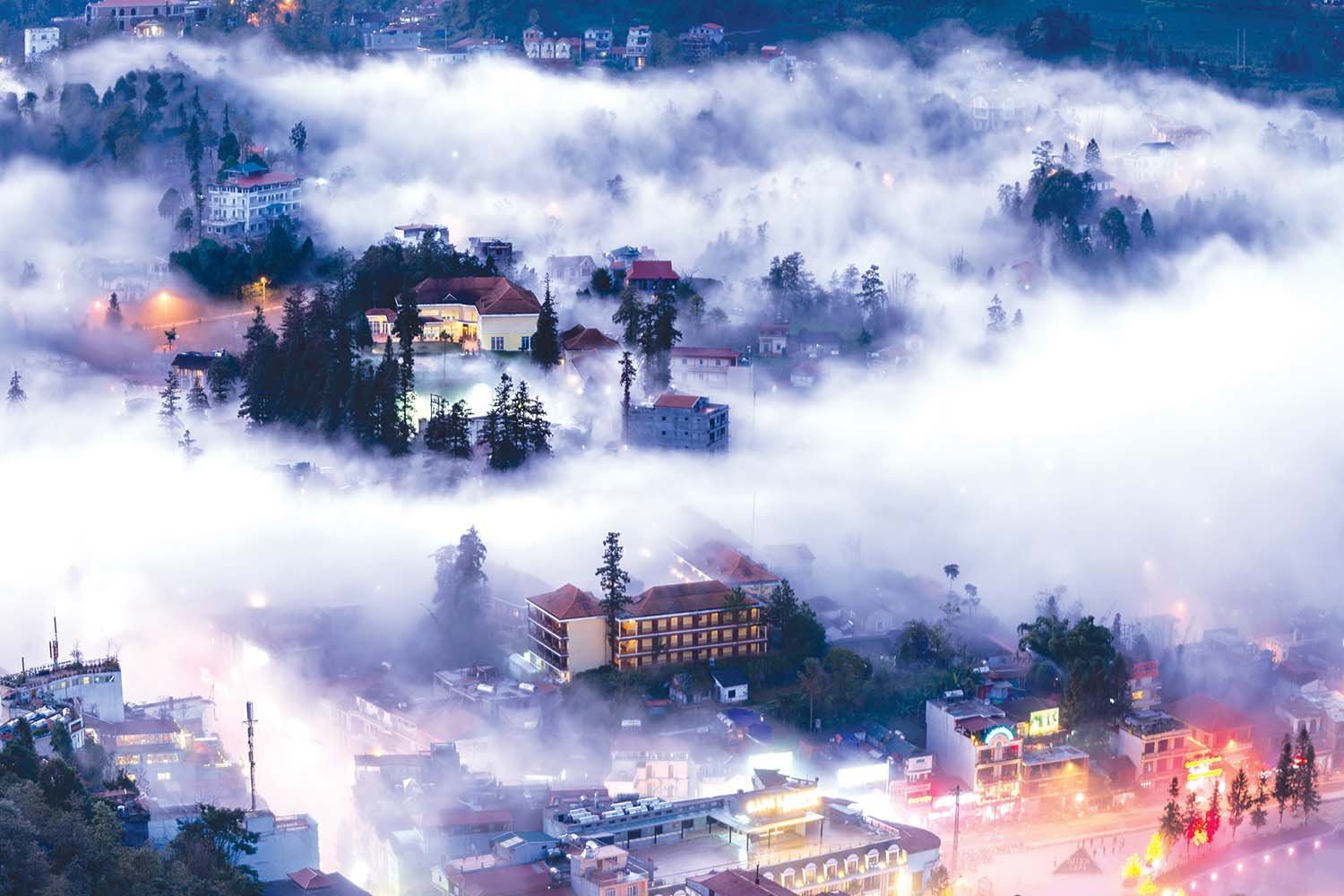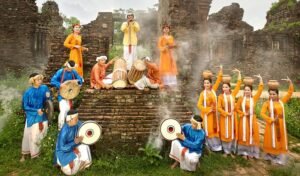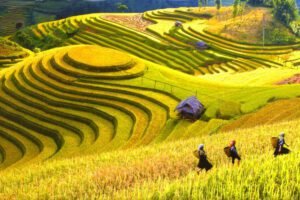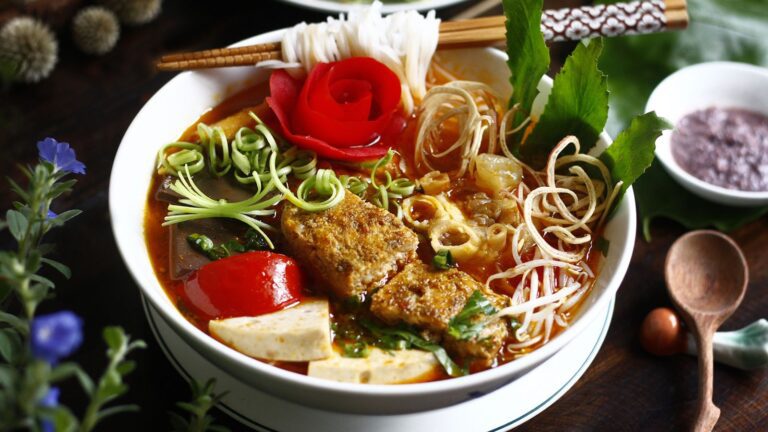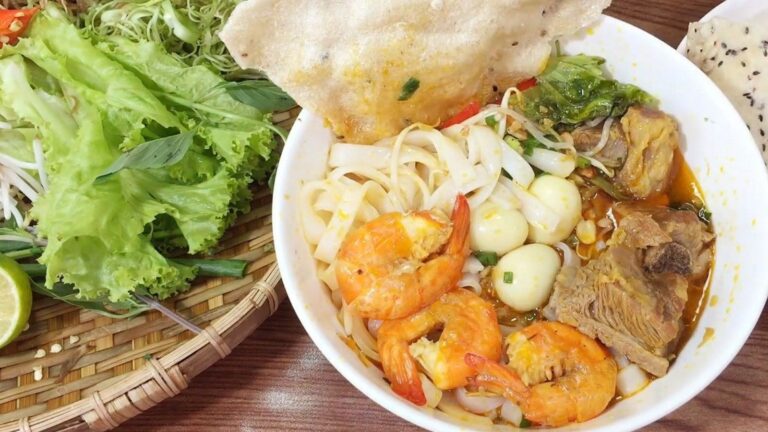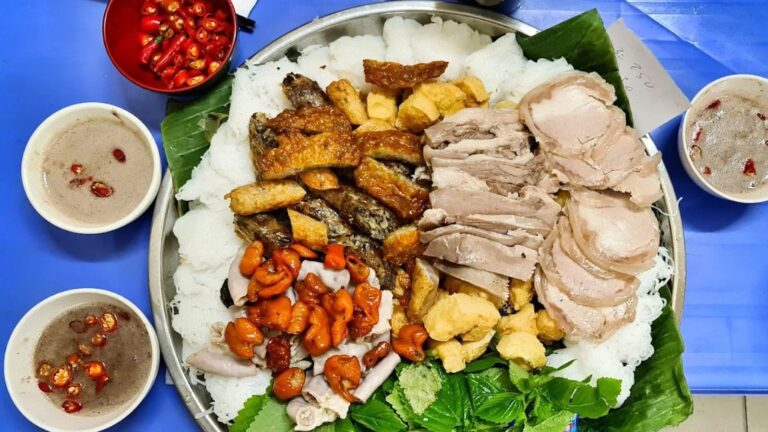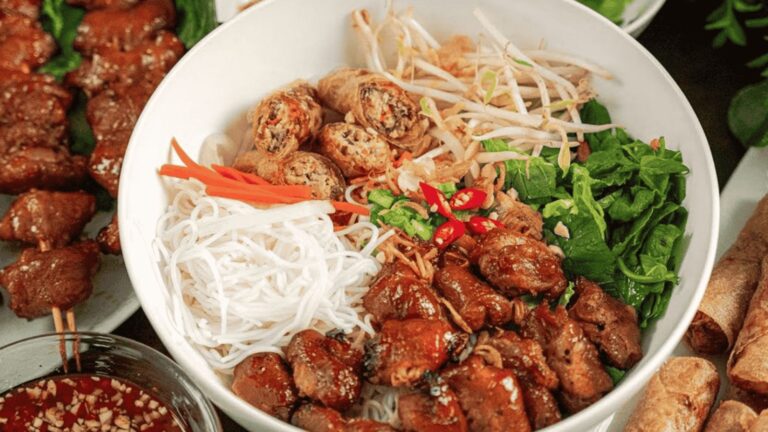Hanoi’s Food & History: A Capital City Exploration Guide for South African Travelers
 ngocdiem
ngocdiem Howzit, fellow Rainbow Nation adventurers! You’ve arrived in Vietnam, visa sorted, and now Hanoi calls. Vietnam’s ancient capital is a captivating blend of centuries-old traditions, colonial grandeur, and buzzing modern energy. As your Vietnam travel consultant at Sun Getaways Travel, I’m thrilled to guide you through Hanoi. This isn’t just sightseeing; it’s experiencing Hanoi’s soul-stirring history and legendary street food, all through the lens of a Hanoi guide for South African travelers. Get ready to dive deep into the soul of Vietnam!
1. Hanoi’s Enduring History: A Journey Through Time
Hanoi is a city that wears its history proudly on its sleeve. Founded over a thousand years ago as Thăng Long (Ascending Dragon), it has witnessed dynasties, wars, and remarkable resilience. For South Africans, who understand the weight and significance of history in shaping a nation, Hanoi’s past will resonate deeply.
1.1. The Imperial Citadel of Thăng Long
Imagine a place that has been the political centre of Vietnam for over 13 centuries! That’s the Imperial Citadel of Thăng Long. A UNESCO World Heritage site, this complex offers a fascinating glimpse into Vietnam’s imperial past, from the Lý, Trần, and Lê dynasties to the Nguyễn. While much of the original citadel was destroyed, ongoing archaeological excavations continue to uncover its secrets.
- What to see: The Flag Tower of Hanoi, Kinh Thien Palace (reconstruction), archaeological excavations, and the D67 Tunnel and House (headquarters during the Vietnam War).
- Why it resonates with South Africans: Just as our own history is layered with different eras and struggles for independence, the Citadel showcases Vietnam’s long fight for sovereignty. It’s a powerful reminder of how ancient cultures stood strong against various dominations.
- Location: 19 Hoàng Diệu, Quán Thánh, Ba Đình, Hà Nội.
- Opening hours: 8:00 AM – 5:00 PM, closed Mondays.
- Entry fee: ~VND 30,000 (around R20-25).
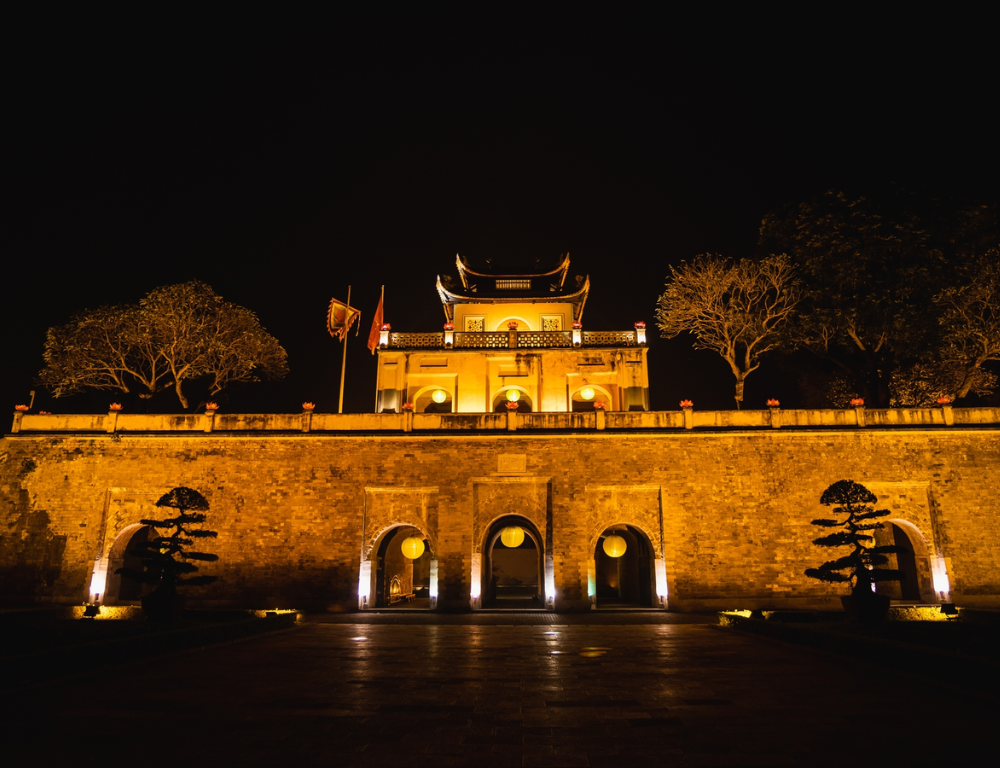

1.2. Ho Chi Minh Mausoleum Complex & Museum
This is perhaps the most solemn and significant historical site in Hanoi, dedicated to Vietnam’s revered revolutionary leader, Ho Chi Minh. It’s an experience that evokes a similar sense of national reverence and historical weight you might feel visiting the Union Buildings or the Nelson Mandela Capture Site.
- Ho Chi Minh Mausoleum: The embalmed body of Ho Chi Minh lies here. Visitors must adhere to strict dress codes (no shorts, tank tops) and maintain silence. Photography is prohibited inside.
- Ho Chi Minh’s Stilt House: A humble wooden house where Uncle Ho lived and worked, offering a stark contrast to the grand mausoleum, reflecting his simple lifestyle.
- One Pillar Pagoda: A unique, 11th-century Buddhist temple built on a single stone pillar, resembling a lotus blossom.
- Ho Chi Minh Museum: A comprehensive museum detailing Ho Chi Minh’s life and the Vietnamese revolution, with powerful exhibits.
- Insider Tip from Ngọc Diễm, Senior Tour Designer at Sun Getaways Travel: “For South Africans, visiting the Ho Chi Minh Mausoleum Complex is like visiting a deeply significant national heritage site. It’s not just a tourist attraction; it’s a pilgrimage for many Vietnamese. Go early in the morning to avoid the crowds, especially if you want to enter the Mausoleum. Remember, humility and respect are key here – dress modestly, cover your shoulders and knees, and maintain a quiet, respectful demeanour. It’s a powerful place that speaks volumes about the Vietnamese spirit.”
- Location: 2 Hùng Vương, Điện Bàn, Ba Đình, Hà Nội.
- Opening hours: Mausoleum: Typically 7:30 AM – 10:30 AM (shorter hours in winter), closed Mon & Fri afternoons and for annual maintenance (usually Oct-Dec). Museum & Stilt House: 8:00 AM – 4:30 PM. Always check current times before visiting as they can vary.
- Entry fee: Mausoleum is free; Museum ~VND 40,000.
Start with your handbook to explore cuisine and history.
1.3. The Old Quarter: Living History
The beating heart of Hanoi, the Old Quarter is a maze of narrow streets, each historically dedicated to a specific trade or craft (e.g., Hang Bac for silver, Hang Gai for silk). It’s a chaotic yet charming place where centuries-old traditions blend with modern life.
- What to do: Wander through its labyrinthine alleys, admire the ancient tube houses, shop for souvenirs, and soak in the bustling atmosphere. Take a cyclo (pedicab) ride for a relaxed way to see the streets, or simply grab a plastic stool and watch the world go by with a Vietnamese coffee.
- Why it resonates: The vibrancy and entrepreneurial spirit of the Old Quarter might remind you of the energy found in places like Maboneng Precinct or the informal markets of Warwick Junction, though with a distinctly Asian flair and ancient lineage.
- Insider Tip: While exploring, keep an eye out for the ancient gates and temples hidden amidst the shops. They are testaments to the Old Quarter’s enduring Hanoi history South Africa tourist explorers will appreciate.
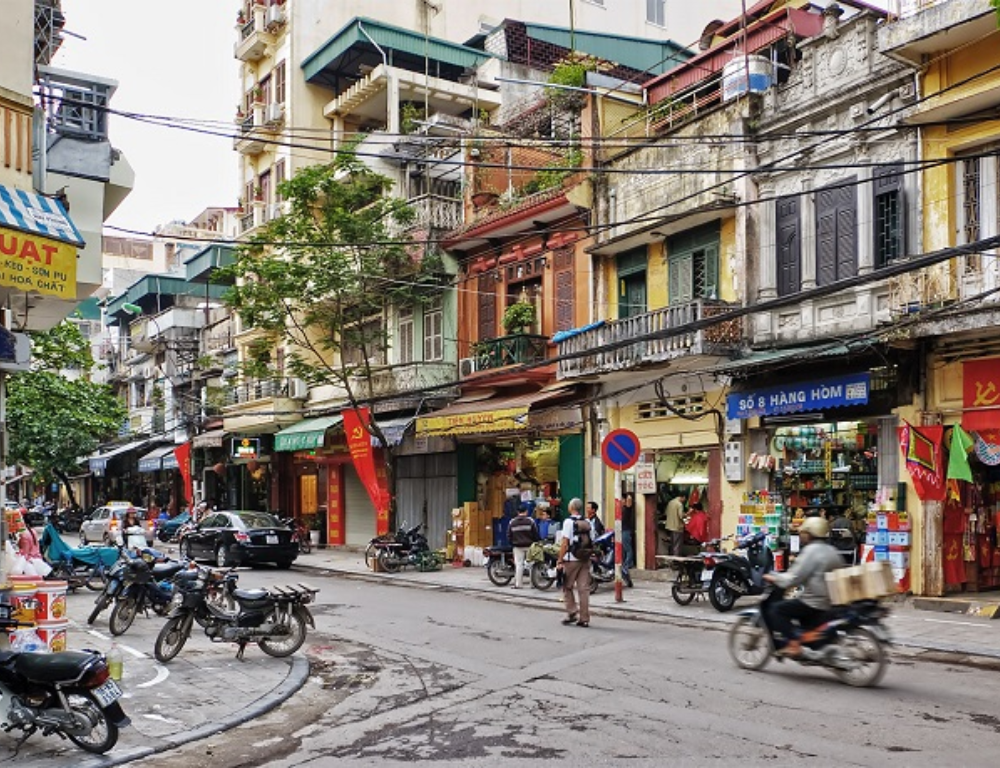

1.4. Temple of Literature & National University
Considered Vietnam’s first national university, established in 1070, the Temple of Literature is dedicated to Confucius and scholars. It’s a serene oasis from the city’s hustle and bustle, showcasing traditional Vietnamese architecture and the deep respect for education and scholarship.
- What to see: Five courtyards, beautiful gardens, preserved stelae (stone tablets) mounted on the backs of giant stone turtles, and the main temple.
- Location: 58 P. Quốc Tử Giám, Văn Miếu, Đống Đa, Hà Nội.
- Opening hours: 8:00 AM – 5:00 PM (summers), 8:00 AM – 4:30 PM (winters), closed Mondays.
- Entry fee: ~VND 30,000.
If you’re a South African, here is a guide to exploring Vietnam just for you.
1.5. Hoa Lo Prison Relic (Hanoi Hilton)
A sombre yet important historical site, Hoa Lo Prison was used by French colonists for political prisoners and later by North Vietnam for American prisoners of war during the Vietnam War, who famously dubbed it the “Hanoi Hilton.”
- What to see: Exhibits on the brutal conditions under French colonial rule, and later, more positive depictions of the treatment of American POWs. It’s a challenging but essential visit to understand a different side of Vietnam’s struggle.
- Why it resonates: For South Africans, who have their own history of political imprisonment and the fight against injustice (think Robben Island), Hoa Lo provides a poignant mirror to those struggles and the different narratives surrounding conflict.
- Location: 1 Hoả Lò, Trần Hưng Đạo, Hoàn Kiếm, Hà Nội.
- Opening hours: 8:00 AM – 5:00 PM daily.
- Entry fee: ~VND 30,000.
Find out everything you need to know about Vietnam in this handbook.
2. Hanoi’s Culinary Delights: A Foodie’s Paradise for South Africans
Hanoi is renowned as one of the world’s great food cities. Its street food scene is legendary, offering an explosion of flavours that are both unique and surprisingly comforting. Forget Nando’s and boerewors for a bit; it’s time to indulge in some authentic Hanoi food for South Africans!
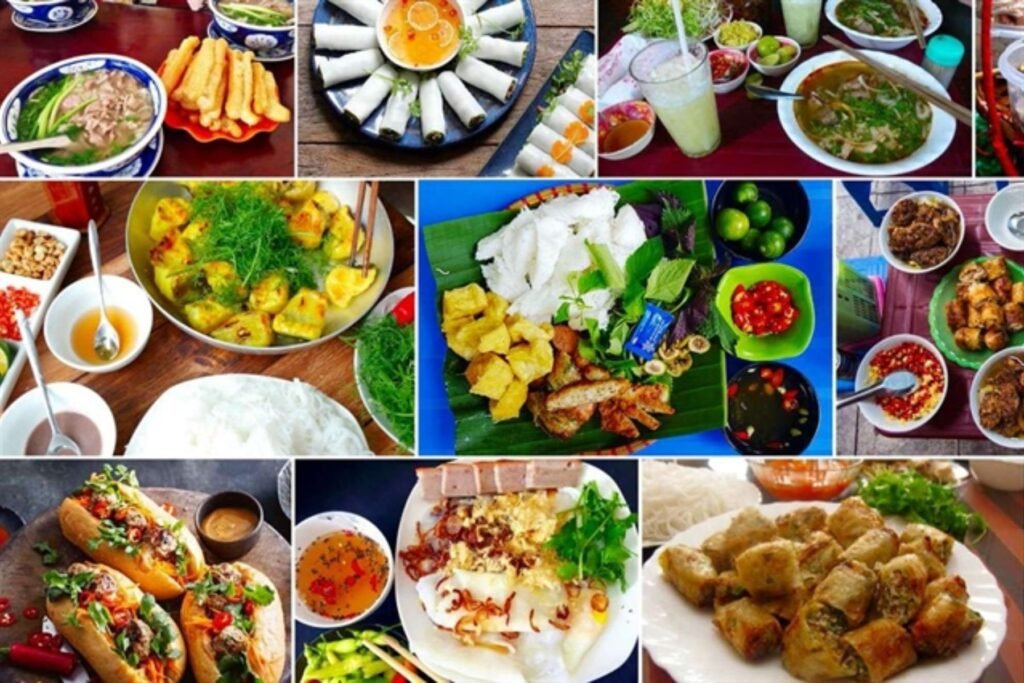

- Phở (Noodle Soup): The undisputed king of Vietnamese cuisine. Hanoi’s phở is famous, with its clear, aromatic broth, tender beef or chicken, and fresh herbs. It’s the perfect comfort food, whether for breakfast, lunch, or dinner.
- Where to find it: Phở Gia Truyền Bát Đàn (49 Bát Đàn, Hoàn Kiếm) for classic beef phở, or Phở Thìn Lò Đúc (13 Lò Đúc, Hai Bà Trưng) for its richer, stir-fried beef phở.
- South African connection: Think of it as a hearty, flavourful soup, perhaps like a lighter, more herbal version of a rich oxtail stew, but suitable for any meal!
- Bún Chả (Grilled Pork with Vermicelli Noodles): A Hanoi specialty made famous by President Obama and Anthony Bourdain. This dish features succulent grilled pork patties and slices of pork belly served in a sweet and sour dipping sauce, accompanied by vermicelli noodles and a mountain of fresh herbs.
- Where to find it: Bún Chả Hương Liên (24 Lê Văn Hưu, Hai Bà Trưng) – the very spot Obama ate!
- South African connection: The grilled pork might remind you of a delicious chop on the braai, but served in a refreshing, saucy broth with noodles – a completely new experience!
- Nem Rán (Fried Spring Rolls) / Gỏi Cuốn (Fresh Spring Rolls): Don’t leave without trying both! Nem Rán are crispy, savoury fried spring rolls, usually filled with pork, mushrooms, and glass noodles. Gỏi Cuốn are refreshing, translucent fresh spring rolls filled with shrimp, pork, vermicelli, and herbs, served with a peanut dipping sauce.
- Where to find them: Widely available at street food stalls and restaurants. Try Nem Rán at Đinh Liệt Street or a local spot in the Old Quarter.
- Bánh Mì (Vietnamese Sandwich): A legacy of French colonialism, this baguette sandwich is a perfect fusion. Crispy on the outside, soft on the inside, it’s filled with pâté, various cold cuts (like a Vietnamese polony), fresh herbs, pickled vegetables, and a generous drizzle of chilli sauce.
- Where to find it: Bánh Mì 25 (25 Hàng Cá, Hoàn Kiếm) is a popular choice for tourists.
- South African connection: It’s like our favourite Gatsby or bunny chow in sandwich form, but with distinctly Vietnamese flavours – an explosion of textures and tastes in every bite!
- Cà Phê Trứng (Egg Coffee): A unique Hanoi invention. It’s a rich, creamy, and surprisingly delicious coffee made with egg yolk, sugar, condensed milk, and robust Vietnamese coffee. Think of it as a liquid dessert.
- Where to find it: Café Giang (39 Nguyễn Hữu Huân, Hoàn Kiếm) is the original birthplace. Also try Loading T Coffee (8 Chân Cầm, Hoàn Kiếm) for a charming atmosphere.
- South African connection: A complete departure from your usual filter coffee or rooibos. It’s a decadent treat, perhaps akin to a richer, coffee-based malva pudding!
- Bia Hơi (Fresh Beer): Vietnam’s famous “fresh beer,” brewed daily and delivered to street-side vendors. It’s light, refreshing, and incredibly cheap (often less than VND 10,000, or about R7-8, a glass!). Perfect for unwinding after a day of exploration.
- Where to find it: Any “Bia Hơi” corner, especially around Tạ Hiện Street in the Old Quarter.
- South African connection: Think of it as your local pub, but on tiny plastic stools on the pavement, with incredibly fresh and affordable beer. It’s a quintessential local experience you won’t want to miss.
3. Exploring Hanoi: Practical Tips for South African Travelers
Now that your taste buds are tingling and your history senses are piqued, let’s talk practicalities to make your Hanoi guide for South African travelers truly seamless.


3.1. Getting Around Hanoi
- Walking: The Old Quarter is best explored on foot. Wear comfortable shoes!
- Grab (Ride-hailing app): This is your best friend in Vietnam. Similar to Uber in South Africa, Grab offers both car (GrabCar) and motorbike (GrabBike) services. It’s incredibly convenient, safe, and transparent with pricing. Download the app before you arrive and link your credit card.
- Taxis: Use reputable companies like Mai Linh (green cars) or Vinasun (white cars) if you hail one on the street. Always ensure the meter is running. However, Grab is generally more reliable for tourists.
- Cyclos (Pedicabs): A fun, traditional way to see the Old Quarter, especially around Hoan Kiem Lake. Agree on a price before you start the ride. A 30-60 minute tour is usually VND 100,000-150,000 (~R70-100).
3.2. Accommodation in Hanoi
Hanoi offers a range of accommodation, from budget hostels to luxury hotels.
- Old Quarter: Best for first-time visitors who want to be in the heart of the action, close to street food, historical sites, and nightlife. It can be noisy but offers an authentic experience.
- French Quarter: More upscale, with wide boulevards, colonial architecture, and quieter hotels. Ideal if you prefer a more refined stay.
- West Lake Area: Offers a more relaxed, suburban feel with lake views, popular with expats. A bit further from the main tourist sights but easily accessible by Grab.
3.3. Safety & Health Advice
- Traffic: Hanoi traffic is intense! Scooters are everywhere. Look both ways, make eye contact with drivers, and walk confidently but slowly when crossing the street. Don’t stop in the middle! It’s an art form you’ll quickly adapt to, much like navigating a busy taxi rank in South Africa.
- Pickpocketing: Like any major city globally, be aware of your belongings, especially in crowded areas. Keep your phone and wallet secure.
- Water: Drink bottled water only. Tap water is not safe for drinking.
- Street Food Hygiene: While street food is generally safe and delicious, choose busy stalls with high turnover. This indicates fresh ingredients. If you’re sensitive, stick to cooked food.
- Sun Protection: The sun in Vietnam can be intense, especially during summer. Pack sunscreen, a hat, and sunglasses, just like you would for a South African summer.
Learn how to explore Vietnam from a unique South African perspective.
4. Insider Tips & Expert Advice for South African Travellers in Hanoi
Here are some special insights from our experience, tailor-made for you, to help you make the most of your things to do in Hanoi for South Africans:
- Haggle with a Smile: In markets, friendly haggling is expected. Start low, stay light-hearted, and a smile with a few Vietnamese words helps.
- Offline Maps & Translate Apps: Download offline maps (Maps.me) and a translation app (Google Translate) for easy navigation and communication.
- Embrace “Slow Coffee”: Savor Vietnamese coffee slowly on a pavement stool. It’s a great way to observe local life.
- Foot Massages Are a Must: Treat yourself to an affordable foot massage after exploring; it’s perfect for recharging.
- Cash is King (for small buys): ATMs are common, but carry small cash denominations for street food and local shops. Inform your bank about travel.
5. FAQs
5.1. What are the best day trips or excursions from Hanoi?
Popular day trips from Hanoi include a Ha Long Bay cruise for stunning karst landscapes, a visit to the ancient capital of Hoa Lu and Tam Coc (often called “Ha Long Bay on land”), or an escape to the tranquil Perfume Pagoda complex.
5.2. Are there any specific cultural events or festivals in Hanoi that align with certain times of the year?
Hanoi hosts numerous festivals. Tet Nguyen Dan (Lunar New Year, typically late Jan/early Feb) is the biggest, though many businesses close. The Lim Festival (Bac Ninh, near Hanoi, around Feb) features traditional Quan Ho folk singing. The Mid-Autumn Festival (Tet Trung Thu, usually Sept/Oct) is vibrant with lion dances and lanterns.
5.3. What local crafts or souvenirs are unique to Hanoi and worth purchasing?
Look for silk products (Hang Gai street), lacquerware, ceramics from Bat Trang village, embroidery, and traditional dó paper products. Local markets and the Old Quarter are great places to find these.
6. Conclusion
Hanoi is a city that will awaken your senses, challenge your perceptions, and leave an indelible mark on your heart. Its rich Hanoi history South Africa tourist explorers will find compelling, and its vibrant Hanoi food for South Africans will delight you. From the quiet majesty of its ancient sites to the lively chaos of its streets, there are endless things to do in Hanoi for South Africans.
At Sun Getaways Travel, we specialize in crafting personalized itineraries that connect South African travellers with the authentic soul of Vietnam. Whether you’re a history buff, a culinary enthusiast, or simply looking for an adventure that’s different from anything you’ve experienced before, Hanoi is waiting.
Let Sun Getaways Travel design your dream Hanoi experience. Explore our exclusive Hanoi tour packages, perfectly curated for South African travellers, and embark on a journey where ancient tales and delicious flavours await!
Ask a question
Leave a Comment (0)
No questions yet. Be the first to ask a question!

